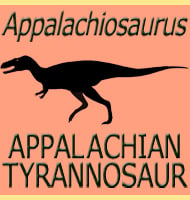Caudipteryx
In Depth Caudipteryx the animal. Caudipteryx is one of the most primitive oviraptosaurs so far known to us, only the genus Incisivosaurus is known to be older at the time of writing. The skull of Caudipteryx can be easily described as being box-like, and the jaws are already formed into a beak. Teeth are still … Read more
